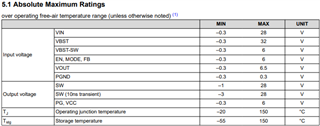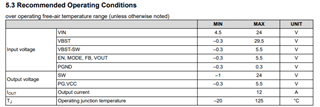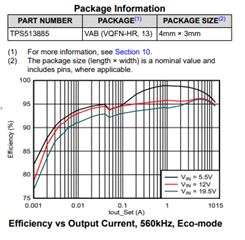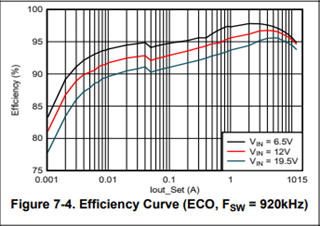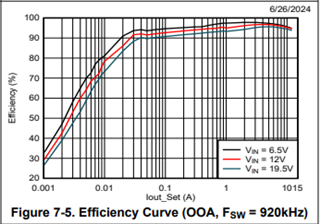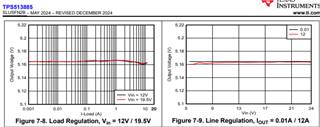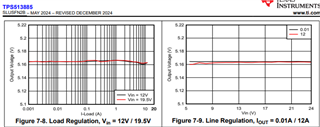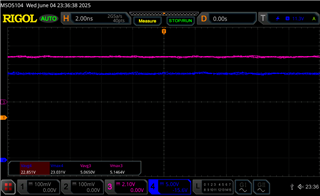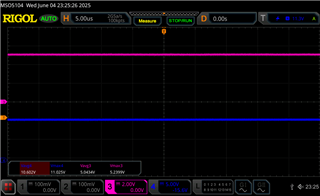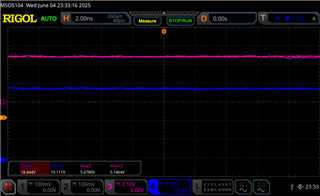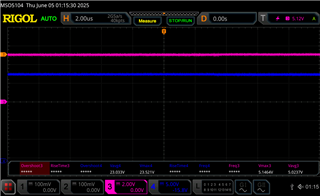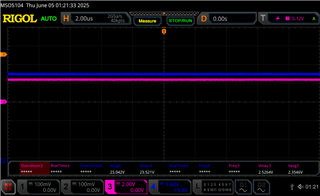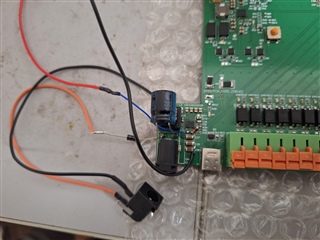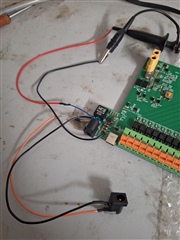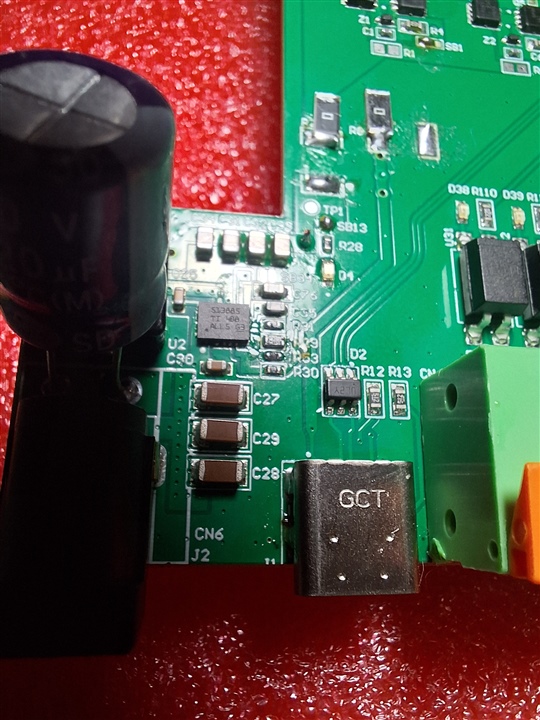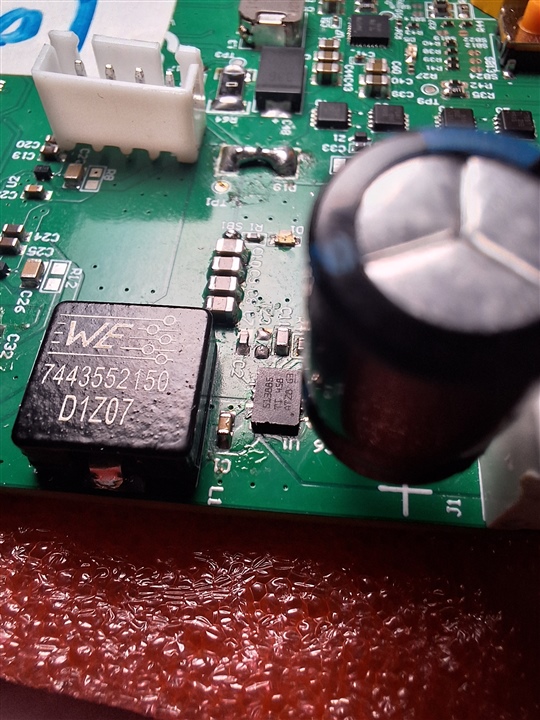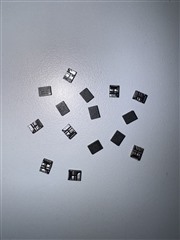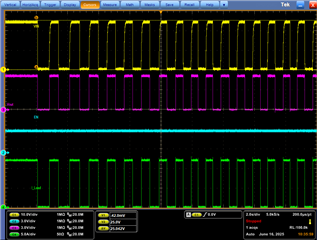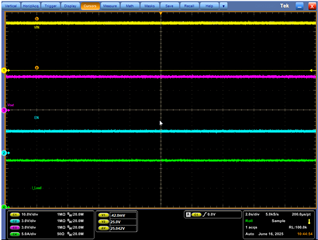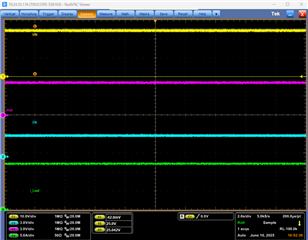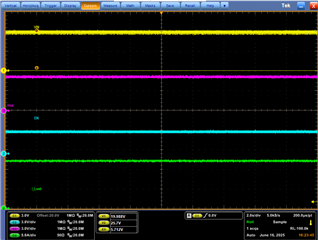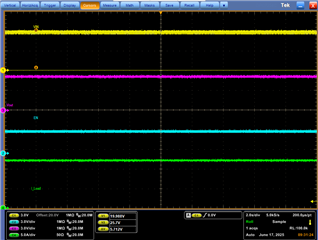Other Parts Discussed in Thread: , TPS51388EVM, TPS51388
Tool/software:

this is the schematic
I’m working with the TPS513885VABR buck controller in a design that needs to support input voltages from 5V up to 24V. The circuit works perfectly when VIN is between 5V and 12V, but when I apply 24V at the input, the IC fails to start.
Observed Behavior:
-
VIN = 24V is stable and clean.
-
No switching occurs at the SW node.
-
VOUT remains at 0V.
-
PGOOD stays low.
-
VREG5 and VREG3 do not come up.
-
No signs of overcurrent or thermal damage.
-
EN pin is pulled high and confirmed above the threshold.
-
Input capacitors are 35V rated MLCCs.
What I’ve Tried:
-
Verified that VIN doesn’t dip during startup.
-
Removed the load completely and still no output.
-
Confirmed that the BOOT capacitor is present and correctly rated.
-
Measured BOOT-SW and found it not charging at 24V.
-
Lowering the input to 18V–20V sometimes results in startup, but not consistently.
Questions:
-
Could this be related to VIN overvoltage protection or internal biasing failure at higher input voltage?
-
Is there any known issue with VREG5/VREG3 startup at higher VIN?
-
Are there layout sensitivities at higher input voltages that could prevent the bootstrap circuit from functioning?
-
Any test points or debug suggestions to check for internal protection triggers?


